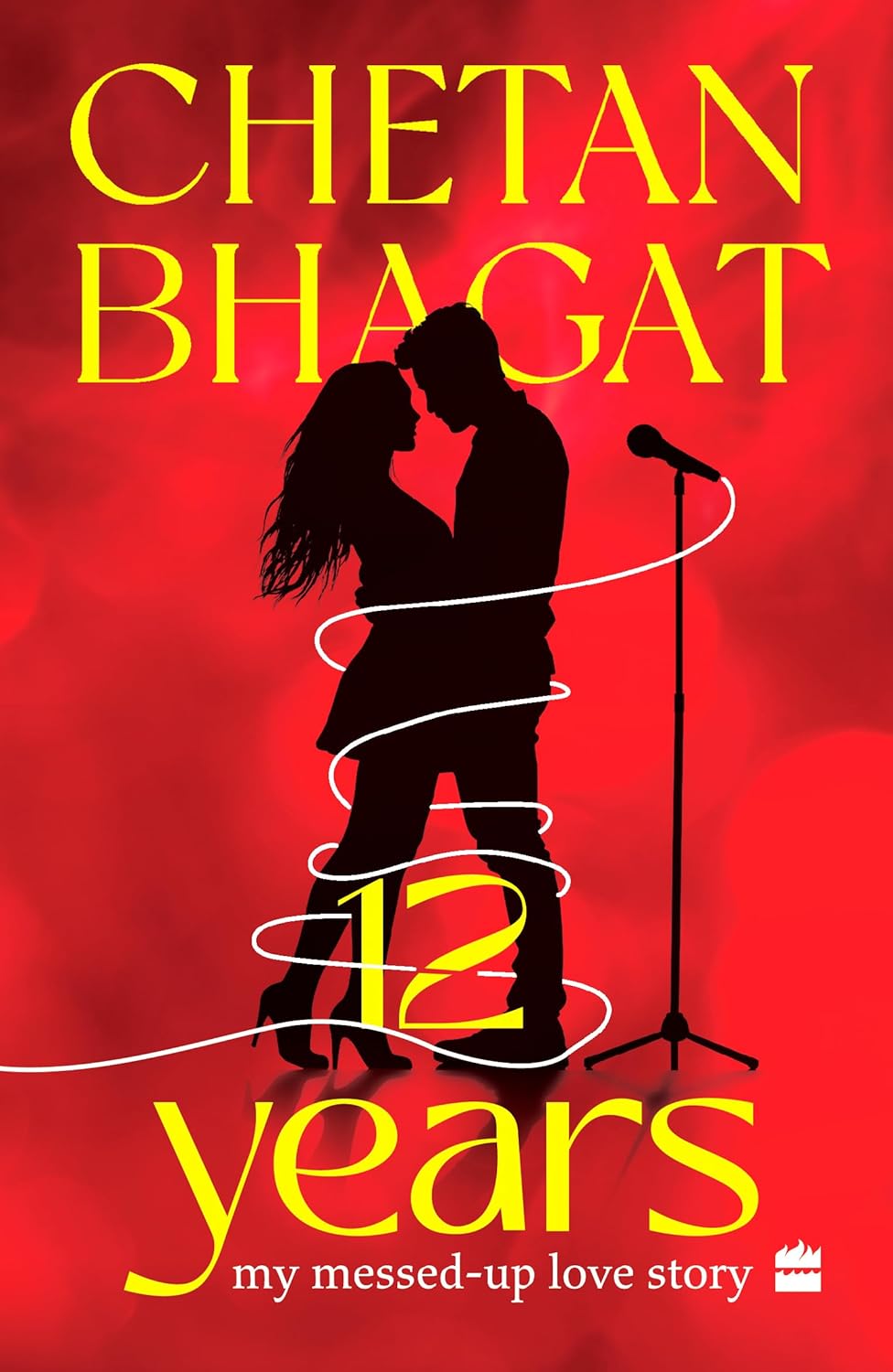13th Book of 2025
 |
Anyone who regularly reads newspapers knows how often we come across discussions about India’s economic growth, its vision of becoming a developed nation, and the dream of achieving this by 2047. Most of these articles, however, feel incomplete—they leave us wondering how this progress is actually measured and when it could realistically happen. That’s exactly what Prosenjit Datta attempts to explain in his insightful book “Will India Get Rich Before It Turns 100?” Published by Aleph Book Company, the book carries the apt tagline “A Reality Check.”
This 120-page analysis is divided into three main parts. The first section explores how predictions are made, how a nation attains the “developed” status, and the role of assumptions, macroeconomic modeling, and optimism. The second section focuses on critical issues such as whether India’s demographic dividend is a boon or a curse, job scarcity, and recurring factors behind India’s economic slowdowns—wars, global disruptions, the pandemic, demonetization, and GST. The third and final section outlines policy direction and economic stability, offering Datta’s thoughts on how India might still reach its ambitious 2047 milestone.
Datta begins the book on a witty and relatable note, recalling how politicians once made short-term predictions for 2020 or 2025 but, after facing uncomfortable questions about unmet goals, have now safely shifted their forecasts to 2047 and beyond. It’s a clever and engaging start—especially for a book tackling such an academic and socio-economic topic.
Throughout the book, Datta explains various economic ratios and calculation methods used by institutions to assess India’s current and future standing. He insightfully argues that GDP alone cannot define a country’s success, as it fails to capture citizens’ quality of life and everyday realities. The book also introduces readers to several useful abbreviations and concepts that broaden one’s understanding of how multiple factors determine a nation’s growth trajectory.
One of the recurring themes Datta emphasizes is the absence of an updated census for more than a decade, which hinders effective policymaking. He also discusses Artificial Intelligence (AI), acknowledging both its overhyped expectations and its transformative potential. Impressively, Datta remains objective in his tone—he points out how under both Congress and BJP regimes, India’s economy has seen phases of stagnation rather than the continuous upward trajectory one would expect.
Overall, Will India Get Rich Before It Turns 100? offers meaningful insights and a fresh perspective on India’s developmental challenges. That said, I felt the author could have explored more dimensions to strengthen his arguments—perhaps by referencing other economists or reputed media analyses. Dividing chapters by major sectors like Banking, Agriculture, IT, Manufacturing, Retail, and MNCs could have further clarified how each contributes differently to India’s economic journey.
This book is a quick yet impactful read for anyone curious about India’s growth story, economic policy, and the country’s long-term vision.
I would rate it 3.5 out of 5 stars.
Thanks!
WRITING BUDDHA











.JPG)
